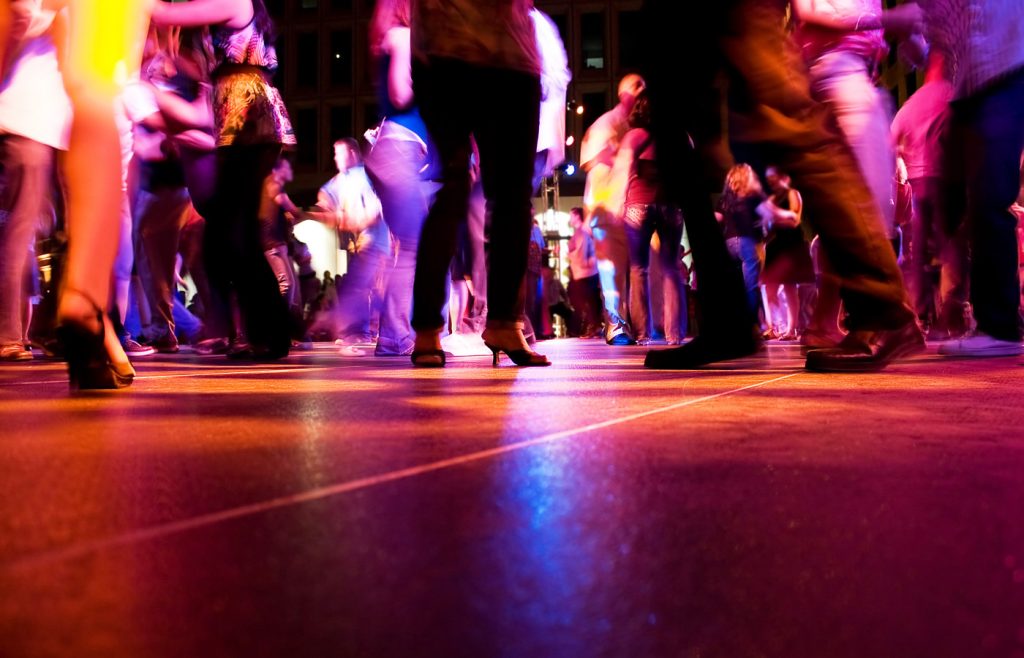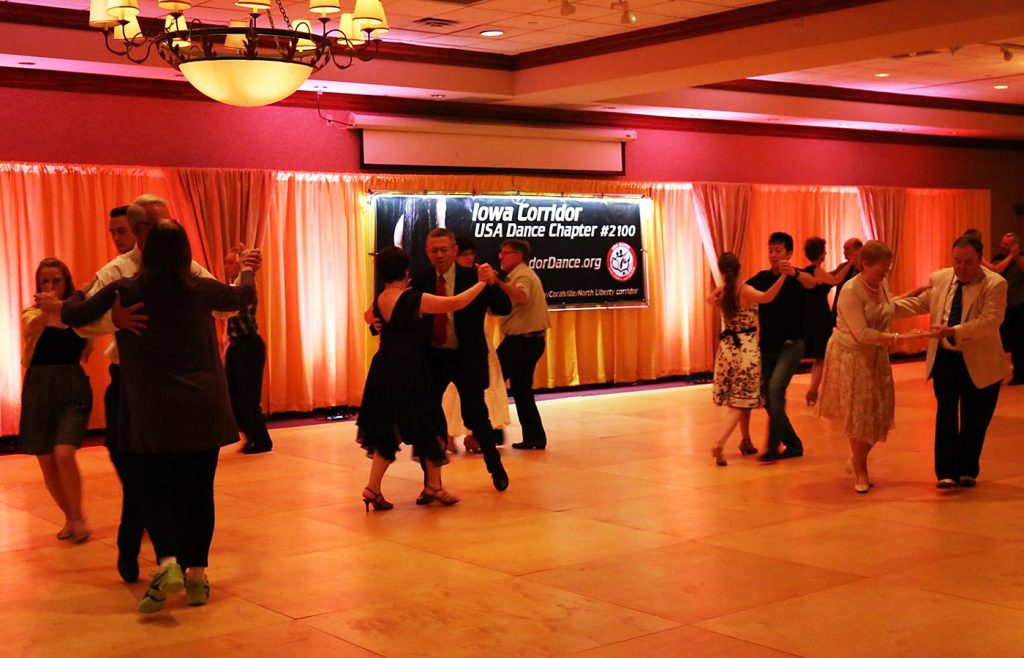
You want to get fit, right? And stay that way. What if at the same time you could improve your memory, reduce anxiety, increase flexibility, restore your balance, feel happier inside, and make new friends? As it turns out, recent research has discovered that many forms of dance can do all of this, and more.
How can the benefits of dance be so multi-dimensional? It’s because moving to music stimulates and creates connections among many different areas of the brain.
First of all, there’s the music. One area of the brain is dedicated to processing the rhythms and melodies we hear. At the same time, music inspires movement of the body. Ever notice that when you listen to a favorite song, your foot wants to tap, head nod, shoulders wiggle, or all of the above? That is dance, my friends, happening naturally from the inside out.
Your body is designed to move. The bones, joints, muscles, tendons, ligaments, and spine do provide support to keep you upright, but their most important function is to keep you fluid, flexible, and ready to go on a moment’s notice. And there are areas of the brain associated with moving various parts of the body, plus maintaining balance, alertness, and sense of direction.
But for the body to move, the mind also needs to be actively involved, both with the music and the moves. This is why regular dancing can help make us smarter. Major studies have shown that stimulating our mind by dancing can increase mental clarity at all ages, and even help ward off Alzheimer’s disease.
Then there’s the pleasure we get from moving to music. When we dance, the secretion of serotonin increases. And serotonin is what gives us that joyful feeling of inner well-being.
We can dance alone, but often we enjoy it in the company of others. Dancing with others creates a sense of community, whether the dancers are your best friends or people you’ve just met. Communal dance has been a significant part of human social bonding for thousands of years.

Put all this together—music, body, mind, emotions, community—and you’ve got a potent formula for increasing integration between different areas and functions of the brain, plus a strong foundation for gaining the physical benefits offered by regular aerobic dance.
Research Supports Dancing
A controlled study published in the Journal of Applied Gerontology found that partner dance with music can help bring relief from stress. Researchers also found that patients who participated in an upbeat group dance displayed fewer symptoms of depression and more vitality than those who were sedentary.
An Italian study found that people with heart failure who took up waltzing significantly improved their heart health, breathing, and quality of life compared to those who biked or walked on a treadmill for exercise.
A study in the Journal of Aging and Physical Activity showed that tango dancing can improve balance in aging adults. Tango requires fast movement and good posture, so regular practice can help you gain better control of your body.
Recent research indicates that dance may also be an effective alternative to traditional exercise for addressing the symptoms of Parkinson’s disease, such as impaired balance, difficulty walking, and decreased quality of life. Physical and mental functioning improved significantly for the group involved in dance therapy, but not for the group receiving traditional rehabilitation treatments.
The New England Journal of Medicine published research showing that dancing can boost your memory and prevent the development of dementia as you get older. Researchers found that out of nine physical activities studied, frequent dancing was the only one that appeared to lower the participants’ risk of dementia.
How is this possible? Well, there’s an area of the brain called the hippocampus, and it controls our memory function. Unfortunately it has a tendency to shrink during late adulthood, leading to impaired memory and dementia. But aerobic exercise can reverse this loss of volume in the hippocampus, helping to halt or delay dementia.
Taking a dance class is also a great way to make new friends and branch out socially. Research shows that being socially engaged supports increased happiness, reduced stress, and a stronger immune system.
How to Choose
So what kind of dance is best? Let’s rephrase that. The real question is: “What kind of dance is best for me?” Ideally it will be something that you really enjoy, with people you really like. That will go a long way toward keeping you involved in a regular dance practice.
There are a variety of ballroom partner dances, including swing, tango, and waltz. Square dancing is another popular option that involves changing partners as you dance. Belly dancing, hip-hop, and jazz dance will get you moving in totally new ways. Ballet and tap dancing are classic styles that can be performance oriented. Latin dances include rumba, salsa, and Zumba. Fusion fitness classes such as Nia combine dance with martial arts and yoga to provide a whole-body workout.
Getting a Brain Workout
When you want to give your brain the maximum workout, research recommends dance forms that require constant alertness, or what is called “split-second rapid-fire decision making.” Rather than repeating the same moves, you move in the moment, responding quickly to changes in the music, even creating new moves.
Partner dance can also help create alertness. The person leading needs to be constantly aware of where their partner is, and then move in a way their partner can follow, while the person following must be alert for the next change prompted by their partner.
Whether you choose group classes, partner dance, or moving alone at home, the real key to better health is consistency. So just keep dancing, ideally moving at least 30 to 40 minutes four times a week.
We all want to get fit. Right? So it’s time to get up, put on some music, and get dancing, starting today.
Rolf Erickson is a professional writer and editor. He and his wife Renee teach Nia dance fitness classes in Fairfield.
